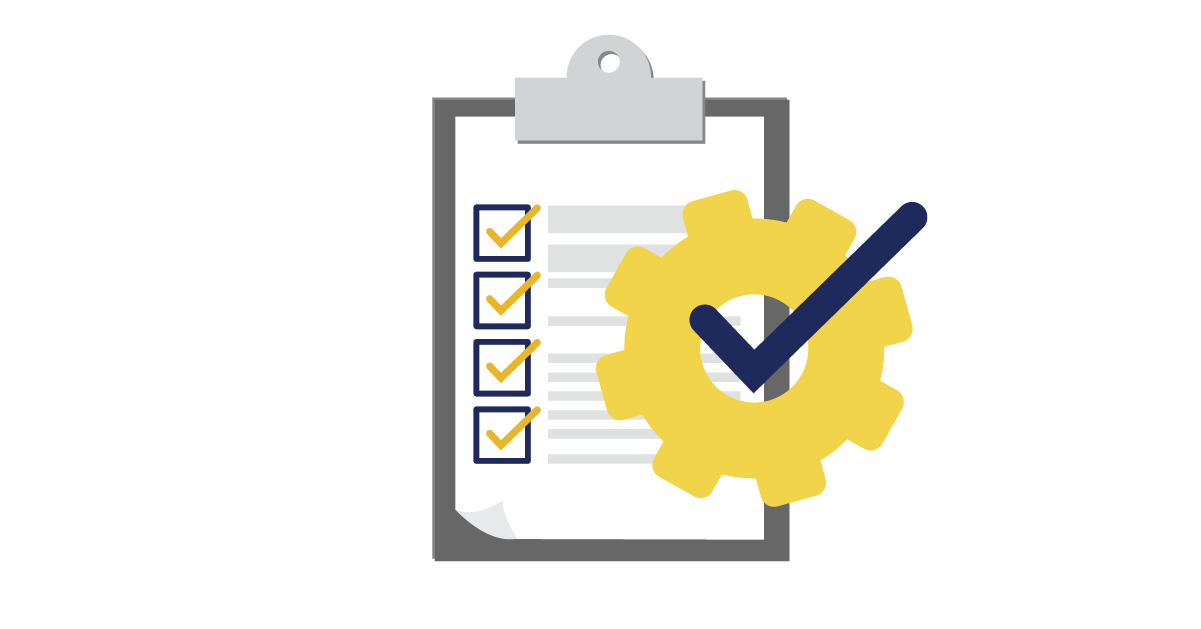Developing the right candidate pipeline takes a lot of work and sourcing skilled talent has become harder than ever. One of the best recruitment strategies you can implement is putting together a centralized recruitment system. According to JobVite, 42% of recruiters report that they don’t have the right resources they need to be successful. In addition, recruiters are moving to companies with a more robust recruiting technology stack.
By putting in place a central hiring system with the right software, you’ll retain your recruiting team and ensure your organization has the right technology to keep up with today’s digital-friendly candidates.
What is Centralized Recruitment?
Centralized recruitment embraces the development of consistent policies and standard guidelines for recruitment and onboarding. That way, the practices and principles applied are universal throughout the organization. Every hiring decision and recruitment obligation lies under a central team that works for the entire organization, unifying your talent acquisition and talent management processes from sourcing to onboarding. It strengthens your position in filling open roles and increases your chances of finding quality talent and maintaining a competitive edge.
Centralizing Your Tech
Implementing centralized technology has its advantages when sourcing candidates on several levels. It will save time on administrative work and during the hiring process. You can automate by using Artificial Intelligent (AI) software that can quickly source, screen, interview, engage, and onboard candidates.
One way to support your centralized strategy is by utilizing programmatic job advertising. This automated solution is used for real-time buying and selling of online job advertising – something that when done manually, takes a lot of time to do. By adding a tool such as programmatic advertising, you’ll be able to save time when sourcing candidates for your organization.
Centralizing your technology also allows you to:
-
Become more efficient and lower overall costs-per-hire
-
Reduce several manual responsibilities for your team, so they can focus on other projects
-
Open communication and enhance collaboration between recruiters, hiring managers, and even candidates
Hiring, the Unbiased Way
Centralized systems can help in efforts toward the elimination of any hiring bias. Since a central system would have a standardized process across an organization, recruiting requirements will all have to follow the same processes, resulting in equal opportunity for all candidates. Skills tests are ideal for preventing biases because candidates can be evaluated specifically on their talents.
Data Doesn’t Overlook Candidates
A fantastic way to open your candidate pipeline is by creating a centralized dashboard with a database that provides the analytics, tracking, and reporting metrics for each applicant that went through your hiring process. There is a wealth of information that can be obtained here including whether a former candidate’s skillset matches a newly opened role.
You can also have a centralized dashboard that features data on:
-
Internal and external spending
-
Candidates who were hired by job, location, or skill level
-
The number of diverse candidates within your organization
Knowing what your metrics are in areas such as diversity hires can help an organization improve how they approach their sourcing. According to Jobvite, 38% of job seekers would turn down a job offer if the organization lacked diversity in its workforce or had no clear goals for improving its Diversity, Equity, and Inclusion (DEI) practices.
What’s Next?
After evaluating your own organization’s programs, you can evaluate the latest technology and possibly integrate it within your systems to remove multiple manual recruiting tasks. Centralizing your recruiting will significantly improve every touchpoint throughout the applicant lifecycle, land talent quicker, and reduce any unnecessary costs.


